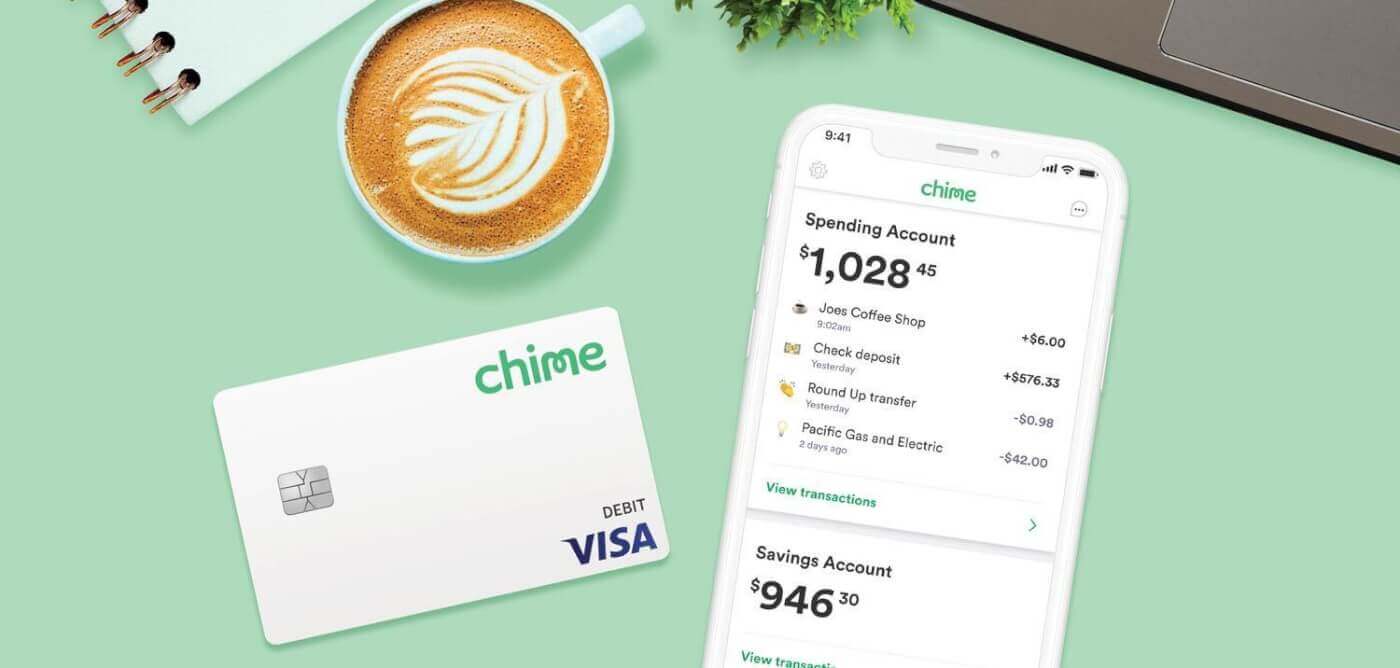In the case of identity theft, what you don’t know can hurt you. To help protect from identity theft, keep these seven main categories in mind:
1. Credit identity theft
Credit identity theft is when a scammer uses your information to take on new credit or gain access to your existing credit.
There are two categories of credit identity theft:
- Credit card fraud: a thief uses your personal information to get a new credit card, or your credit card is used to make purchases.
- Loan fraud: your information is used to apply for a loan in your name. While someone else may receive funds from the loan, you’ll be on the hook for paying it off.
How to avoid it:
- Regularly review your credit report to look for inaccurate or fraudulent information.
- Consider signing up for a credit monitoring service.
- Freeze or lock your credit report to prevent a fraudster from opening a new credit account.
2. Child identity theft
Even those under 18 can fall prey to identity theft, potentially creating severe financial consequences for their future.
For example, a child’s Social Security number can be used to open a bank account or credit card, rent a place, apply for a job or government benefits (such as disability) or unemployment, apply for utility services, or to get a loan.
Since children aren’t legally able to apply for accounts and don’t typically have credit files, this type of identity theft can go unnoticed for years.
How to avoid it:
- Before sharing your child’s personal information, always ask questions and understand if it is necessary.
- Teach your children how to protect their information online.
- Monitor your children’s social media accounts.
3. Synthetic identity theft
As the name implies, synthetic identity theft combines fake and real information to create a pseudo-fake identity.
A thief can use your name and Social Security number in combination with a fake mailing address and email to open fake accounts or take out a loan.
Because synthetic identity theft is using more than one person’s info, it can make it harder to detect. For instance, because these new credit lines aren’t reported on your credit report, you might not know you’ve been a victim for some time.
How to avoid it:
- Keep your personal documents in a safe location.
- Limit the information you post on social media.
- Protect your computer with digital security software and your phone by allowing regular software updates.
- Be on the lookout for email or text scams that request personal information.
4. Taxpayer identity theft
Early in this year’s tax season, the Internal Revenue Service (IRS) flagged nearly 1.1 million tax returns for identity fraud.3
In taxpayer identity theft, your Social Security number or other personal information is used to file a tax return and claim a refund.
Your refund is deposited into a bank account or through a check in the mail to an address so a scammer can get their hands on your money.
These scammers usually file returns electronically and do so early in the season. That way, they get to file a return to the IRS before you do, blocking you from filing a legit return.
How to avoid it:
5. Account identity theft
This form of financial identity theft is anything related to your financial accounts. For instance, your personal information is used to open a new bank account, or your debit card number is used to make fraudulent purchases.
A scammer might also make online purchases using your PayPal account or find a way to get into an existing online Amazon account and make purchases that way.
How to avoid it:
- Avoid sharing your account passwords.
- Avoid logging into your accounts on public Wi-Fi, as it’s not protected.
- Set up two-factor authentication on all of your accounts.
6. Medical identity theft
This isn’t a direct form of financial identity theft, but it’s important to mention because there can be financial consequences.
In medical identity theft, your personal information, like your name or Medicare number, is used to receive medical services or government benefits.
Your medical record is filled with bogus information, which can be time-consuming to correct. This false information can sometimes block you from receiving the services you need.
How to avoid it:
- Avoid sharing your health care insurance information unnecessarily.
- Carefully review your medical statements to ensure accuracy.
- Beware of unsolicited emails or phone calls asking you to provide medical information.
- Regularly read your credit report to look for fraudulent unpaid medical expenses.
7. Criminal identity theft
Criminal identity theft is another form of non-financial identity theft. It can occur when a scammer uses your name and personal information to pretend to be you to law enforcement officials.
For instance, if a thief gains access to your ID and other personal information, they could use it to pose as you when they get pulled over for a traffic violation.
This kind of theft can come as a total surprise as you might not find out about it until you receive a court summons for an unpaid ticket.
How to avoid it:
- Keep a close eye on your physical documents, identification, credit cards, and debit cards. If something is stolen, report it immediately.
- Don’t share identifying information online. For instance, if you just got your license, don’t share a picture of it on social media.
- Use strong passwords that include a mix of numbers, upper and lower-case letters, and symbols to protect your personal information online.


